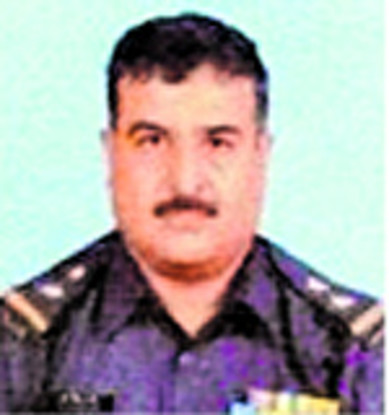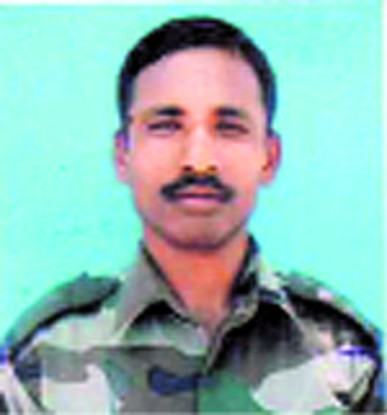This article has a deep sense of anguish and regret behind it. The author empathises with the families of the 25 Central Reserve Police Force (CRPF) martyrs, who lost their lives in the ambush at Sukma, Chhattisgarh on 24 April, and expresses his deep condolences.
Nothing written in this analysis casts any aspersions on their martyrdom under stressful conditions of hybrid combat. This is a professional stocktaking of a negative event, something necessary to ensure that it does not happen again. We have seen too many of such incidents occur under similar circumstances and that is what brings up the urge to inform the public about the hazards of fighting an insurgency in the jungles and the remote rural areas, and how institutional or other errors must be avoided to maintain domination and prevent casualties.
Many years ago while serving the United Nations in Rwanda, Africa, we were in the midst of a cordon and conducting a search operation on a large Hutu camp, which was reported to have some presence of rebels and weapons.
One of the international contingents serving under my command stopped answering the radio at 12.30pm. After much distress about their safety, I drove to their location only to find that the entire unit was taking a lunch and a snooze break. I had to swallow hard to shake off my anger but soon realised it’s “to each to his culture”.
Media on 25 April reported, that a full company of 74 CRPF battalion was at lunch when it was ambushed. I do not believe what the media has reported, but the mere mention here is sufficient to send home a message that if there is an iota of truth in this then surely we are far from where we could control this insurgency.
The fact remains that the turbulence in Jammu and Kashmir will always sway the imagination of the public. It’s a movement based on proxy support, from across the Line of Control (LoC), and involves threats to the integrity of India since it is separatist in nature.
The naxalite/Maoist insurgency has received attention in spurts and mostly when there have been large scale casualties. The public knows that no part of the so-called Red Corridor is going to separate from India.
Also, there is no issue which generates as much passion as religion does, and this is not about religion, it’s about another ideology. It’s time Indians wake up and realise the threats within the heartland causing nationwide heartburn in the most frustrating way.
Some conceptual issues first.
Each time there is a major emergency situation, there is demand for deploying the Army in the Red Corridor.
Former home minister P Chidambaram wanted that too, by repealing the Armed Forces Special Powers Acts (AFSPA) from Jammu and Kashmir, so that the Army can no longer be deployed there.
The then Army chief strongly opposed the idea, and the rationale behind his resistance, which has often been written by me, needs to be retold.
It is quite simple. When the Army is deployed in counter-insurgency operations in the rimland states, it has to be the lead agency in charge. That’s because there is scope for secession and change of boundary which must be prevented at all cost. Secondly, in a festering insurgency, which may go on for years, the Army has to ensure that there are enough measures in place to protect its administrative installations such as ammunition dumps and logistics areas, which it cannot simply leave to rear area security under a civil defence system.
In the heartland, there are no such compulsions. Besides, the Army committed to heartland operations is left out of battle if the borders were to activate. If deployed in the rimland that disadvantage ceases to exist.
So the heartland, which is where the Naxal areas are, will need to be handled by the Central Armed Police Force (CAPF) which can be supplemented by other forces that have the necessary experience.
The CRPF was designated as the core force for counter insurgency operations in the country by the Kargil Review Committee, a recommendation endorsed by the Group of Ministers (GoM) and approved by the Union Cabinet.
It has undertaken the tough responsibility and partially succeeded against many odds.
The worst thing at this time is for people from different forces to pick holes and criticise the CRPF. Being from the Army, I am conscious of a couple of things regarding such operations, which I have been fortunate enough to have experienced in plenty.
I will make every effort to make this a critique and not criticism. The Army too suffered heavy casualties last year in Jammu and Kashmir, and its kill ratios plummeted for the first time in years. However, the casualties were mostly administrative in nature.
There was never a case of a patrol, road opening party or search and destroy element which was adversely affected by militant action except for the recent case of 44 Rashtriya Rifles (RR) when a returning convoy of troops was duped and ambushed at 2am. It also needs to be mentioned that the CRPF’s adversary is known to fight in the strength of 300-500 and that’s when it succeeds. It does not require an equal-sized force to match the strengths of militants. The force has to be agile, well-armed, equipped, trained and led; the last being the most important.
I can recall how 9 Para SF, one of the most accomplished units of the Indian Army, operated in Sri Lanka against the best-trained cadres of the Liberation Tigers of Tamil Eelam (LTTE).
From it, I learnt that the most valuable ammunition in the jungle are the 84 mm high explosive rockets. If caught in an ambush in the wilderness, firing this at close range, in air burst mode or against the trees had the LTTE scamper for cover. The SF men sacrificed water and rations in their packs to carry an extra rocket each.
Units which learnt these untaught strategies succeeded in neutralising the LTTE, others suffered just as the CRPF units continue to suffer.
Let me make this clear, the CRPF units have never lacked courage or perseverance in the face of odds. It’s just that the officers training them have never had the opportunity to witness some professionally conducted operations.
I am aware how much my unit had to experiment and that too under the leadership of a Commanding Officer, who was a hard taskmaster but encouraged innovation at every step. No one is going to appreciate paeans being sung to the Army, which also has suffered casualties in the recent past but, admittedly the institutional correction system works a little better in the Army. This is particularly when it comes to the operational aspects, not in the field of administrative security measures which continues to bedevil all the forces in India.
In the jungle terrain cutting across state boundaries, there is no other resource as useful as helicopters. Unmanned aerial vehicle or UAVs are fine, but the helicopter gives an added advantage. It’s not easy to penetrate thick foliage for telltale signs, but helicopters are also deterrents.
I many times attribute the reasons for some of our very successful operations in Sri Lanka to the presence of Air Force and Army Aviation’s rotary resources. The Ranjit helicopter, crude as it had a great effect in the jungles when the MMG mounted on it fired at cyclic rates into the foliage. The response of a Ranjit is many times faster than an MPV-based quick reaction team on the ground which has to move along an expected route and beat back ambushes awaiting it.
The CRPF has been seeking an aviation arm and needs to be given one. It’s not as if it will become effective overnight. Aviation culture takes many years to sink in.
In the interim, this is where the Army Aviation and Air Force need to step in to provide operational support. It’s the frustrating inability to get our act together in the field of helicopter acquisition that may be hampering the operational effectiveness of a force which we love to blame for everything.
It has been an ad nauseum that the CRPF is headless for the last two months. Procedurally, it makes a difference, but at the lower level, this is no reason for a tactical lapse.
There are far greater reasons than all this, and they dwell primarily on the concept of operations and employment of resources. In an encounter seven years ago, a naxalite force of 300 militants killed 75 jawans of the CRPF and decamped a large number of weapons and explosives. This time they have repeated it.
In the jungles, militants who know the terrain like the back of their palms can attack using routes unknown to the force. Obviously, the local unit and sub-unit has little idea of intelligence and cultivating local sources.
Not everyone has a knack for doing it; there are a few who are extremely good at it. The Border Security Force (BSF) follows a very efficient system of keeping their G section representatives in an area for many years. Many of them have operated with me, and I was amazed by their depth of knowledge and acumen. This is where inter-force lessons need to be learnt.
Unfortunately, in India, inter-force lesson learning is a rarity due to the king-sized egos of senior officers. I never hesitate to state that the BSF and sometimes the Special Operations Group of the Jammu and Kashmir Police have taught me lessons I could never learn elsewhere. It is the disdain for each other’s effectiveness that acts as the obstacle towards learning, and it goes right up to the level of ministries.
I continue to believe that the bane of institutional weaknesses in India’s security forces is the lack of continuity in passing it on. The Army is equally bad at it and is often left to reinvent the wheel.
This is despite the presence of such outstanding facilities for institutional learning, research and recall such as the Army War College. The police forces have their academies and that wonderful institution the National Police Academy of which I too am an alumnus. In 1991, I attended a course there and gave a talk on my experience of operating in Sri Lanka. The faculty and the students loved it, listening to the experience of a member of another force.
Today, 25 years later, that level of interaction should have gone up 20 times. Instead, it has regressed to a level of zero. I remain one of the lonely Army speakers at the institution.
There are a lot of responses to this unfortunate incident but hardly any mature and constructive ones. If we have to do away with the Indian Police Service (IPS) making senior appointments of the CAPFs, it’s going to take a decision of statesmanship and won’t happen in a hurry.
Even if it does, it will take many years for a new CRPF leadership to emerge. It’s the interim we are concerned about, and national security cannot be held ransom to the cadre management of police forces. We simply have to get over this one way or the other and stop the ostrich attitude.
To ward off any criticism for not having given more useful recommendations. Let me recommend a few which have been given many times before. Firstly, I think the Sukma area can be treated as a unique sector. Let us induct a Para SF unit here on a demonstration basis. But SF needs the reassurance of backup and confidence in that.
Perhaps an Assam Rifles (AR) sector with three AR units could be superimposed. The RR sectors have a greater conventional operational role and with the situation as it is in Jammu and Kashmir, shedding a valuable resource from there may not be appropriate.
The superimposed deployment model is not something strange and has been in existence in the Valley for long.
Secondly, a flight of armed helicopters should be provided to the sector. The logistics of this sector for both the AR and the CRPF be done on the Operation Pawan model where the road was opened only once in two to three weeks, and the normal maintenance was by helicopter.
Thirdly, more UAVs be made available by the Army and Air Force; it’s good operational training if nothing else.
Fourthly, intelligence be taken by the horns. Let this be the focus area under a single agency with operational and training deployment. The intelligence operatives must have long-term deployment and be adequately compensated.
And lastly, India’s security forces must learn to shed ego and train together more often for better institutional training.
My regret for the loss of Indian warriors and Indian lives, but let us seriously train and operate together with greater synergy.
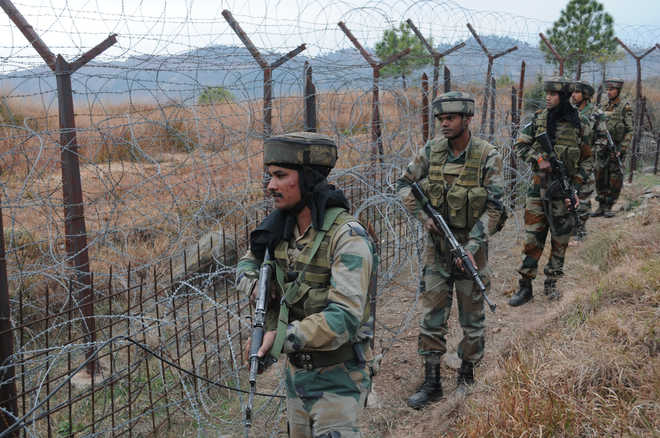












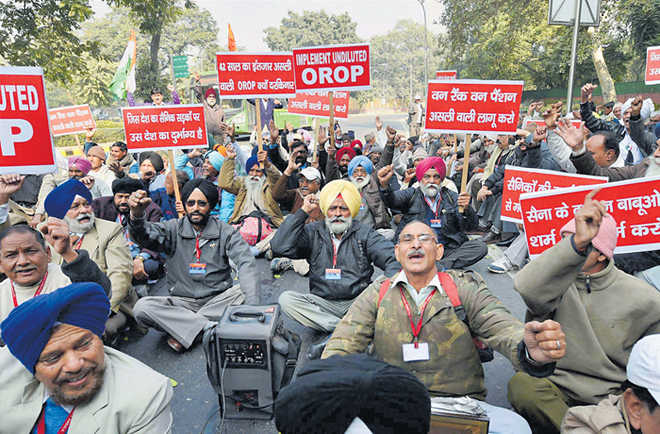

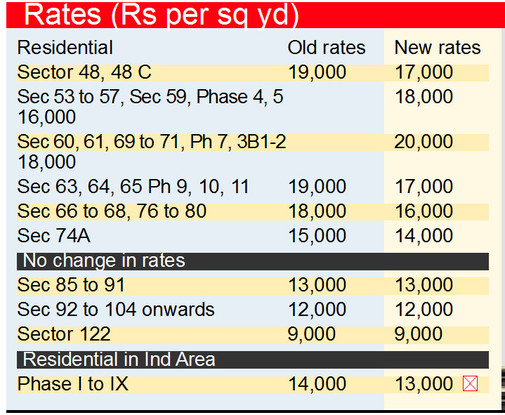

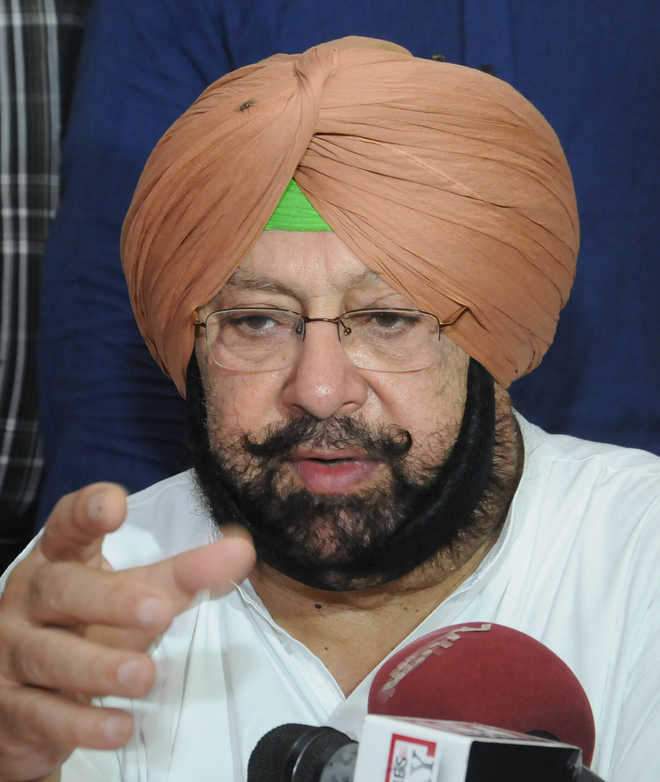
 HT FILE
HT FILE